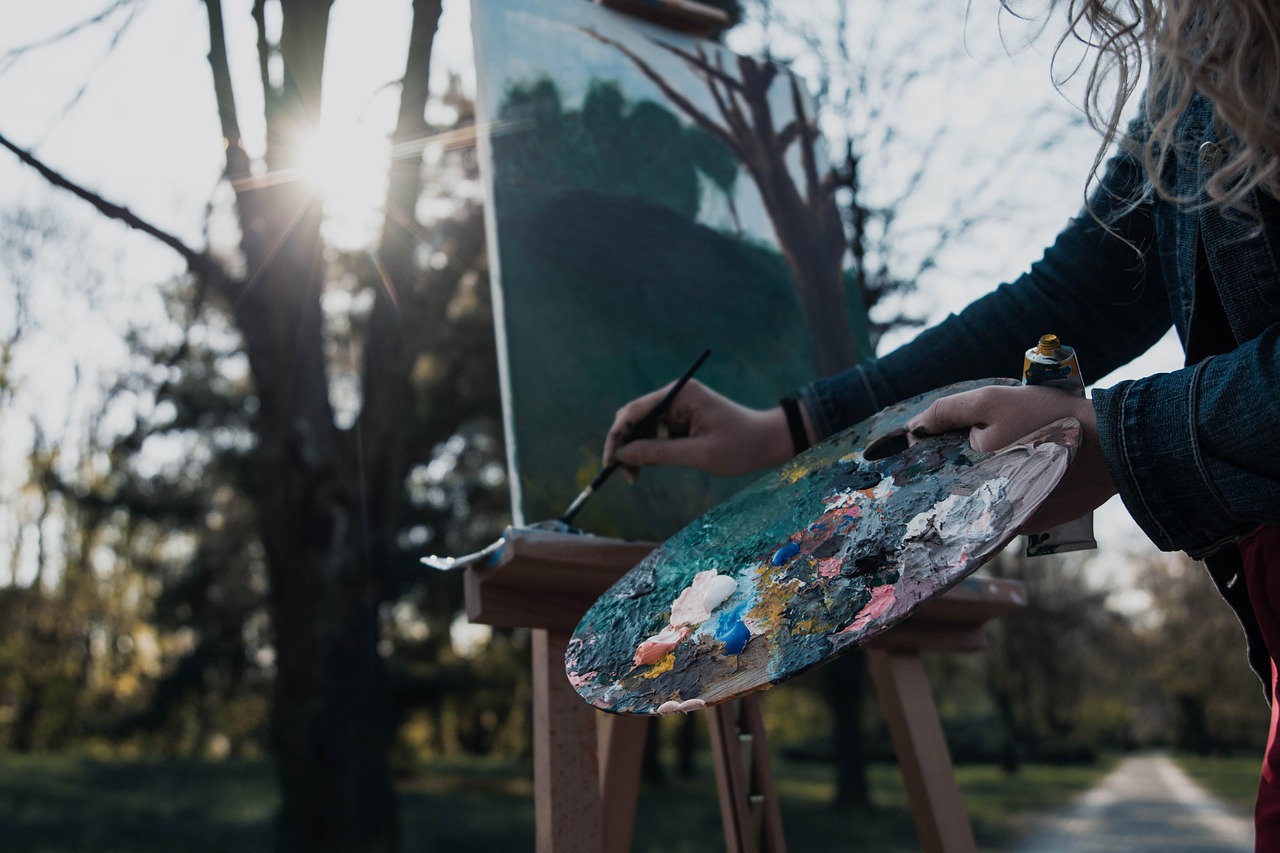Creativity is one of the most valued skills in many areas of life — whether in art, business, education, or problem-solving. But what truly fuels this ability? One of the most powerful answers is: freedom. When we talk about freedom, we’re not just referring to political or geographic freedom, but the freedom to think, express, experiment, and make mistakes. In this article, we’ll explore in depth how freedom contributes to creativity, why this relationship is so important, and how to apply it in your personal and professional life.
What Is Creative Freedom?
Creative freedom is the ability to think, experiment, and express ideas without fear of judgment or repression. It means having the space to create without being restricted by rigid rules, censorship, strict standards, or overwhelming external expectations.
It doesn’t mean the absence of direction, but rather the absence of repression. It’s about exploring new ideas, asking different questions, combining unexpected elements, and having the courage to test hypotheses — even if they might seem “wrong” at first.
How Freedom Fuels Creativity
1. It Reduces Fear of Failure
When there’s freedom, the fear of making mistakes significantly decreases. Mistakes are no longer seen as failures but as part of the creative process. This mindset shift encourages more experimentation, more risk-taking, and ultimately, more success.
2. It Encourages Experimentation
Creativity thrives in environments where experimentation is allowed. Freedom means stepping out of the comfort zone, testing new ideas, tools, and methods. Each attempt offers a lesson that can lead to an innovative solution.
3. It Promotes Out-of-the-Box Thinking
Very rigid environments tend to limit thinking to certain patterns and “correct” answers. With freedom, the mind dares to explore the unknown, challenge norms, and see possibilities where others don’t.
4. It Fosters Authenticity
Freedom allows each person to develop their own voice, style, and unique way of thinking and expressing themselves. This is fundamental to creativity because original ideas come from each individual’s unique perspective.
Real Examples of the Freedom-Creativity Connection
Silicon Valley
Companies like Google, Apple, and other tech giants give their employees freedom to explore side projects, propose different solutions, and create without many restrictions. This has already led to revolutionary products, like Gmail and Google Maps, which were born from free employee initiatives.
Artists and Writers
Great works of literature, music, and art were created in moments or contexts of great creative freedom. Writers like Gabriel García Márquez and artists like Picasso were only able to deeply innovate in their fields because they weren’t bound by rigid conventions or external censorship.
Alternative Education
Schools that adopt alternative methods, such as Montessori or Waldorf schools, value freedom as a core part of the learning process. Students have more autonomy and, as a result, develop more initiative and creative thinking.
How to Create a More Creativity-Friendly Environment
At Work:
- Give autonomy: Let team members choose their own methods and paths to reach goals.
- Value mistakes: Promote a culture where errors are seen as learning opportunities.
- Encourage curiosity: Motivate people to ask questions, research, test, and innovate.
At Home:
- Avoid immediate criticism: Listen, understand, and discuss before judging.
- Allow real free time: Creative ideas often come during moments of rest or boredom.
- Provide resources, not restrictions: Offer tools and opportunities without overly controlling the process.
Within Yourself:
- Allow yourself not to know: Curiosity is more important than prior knowledge.
- Try new things: Explore new activities, read about unfamiliar topics.
- Trust your voice: Every great idea starts with someone believing in it, even without approval.
Mental Freedom Matters Too
Beyond external freedom, internal freedom — what happens inside your mind — is essential. Often, the biggest creative prison is within: fear of judgment, perfectionism, insecurity. Developing inner freedom requires self-awareness, acceptance, and courage to be different.
Creativity Is a Seed, Freedom Is the Soil
Imagine creativity as a seed. Alone, it might sprout, but it won’t grow strong without fertile ground. Freedom is that fertile soil. Without it, creativity fades, gets repressed, or hides. With it, creativity blooms, grows stronger, transforms environments, and creates new worlds.
Encouraging Freedom Means Encouraging Innovation
Whether in the workplace, education, art, or personal life, giving space for freedom is opening the door to innovation. And in a constantly changing world, more than ever, it’s creativity that drives the future. Set yourself free, dare to create. The world needs it.

